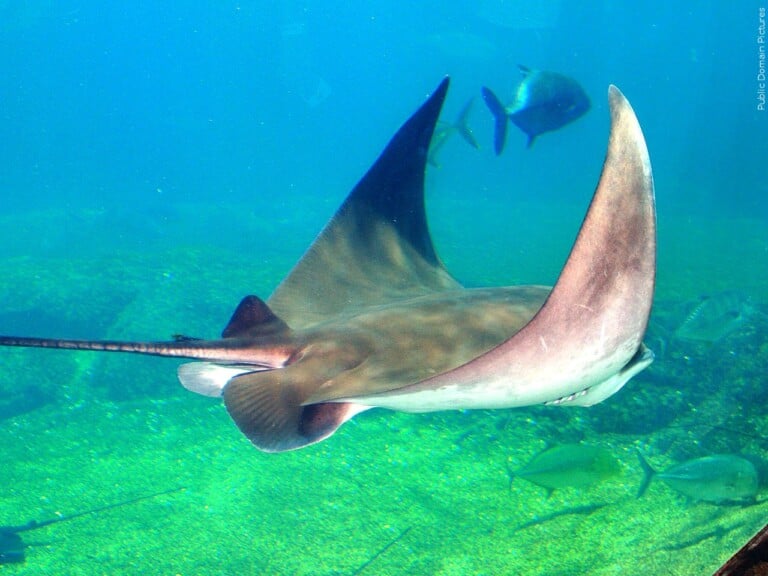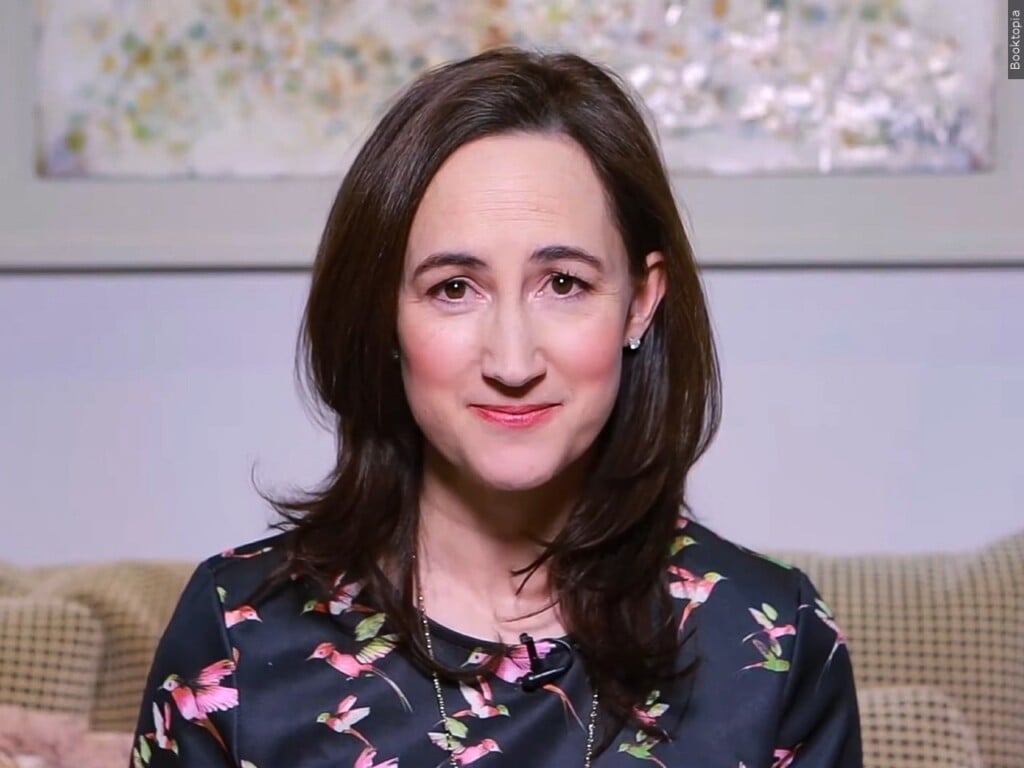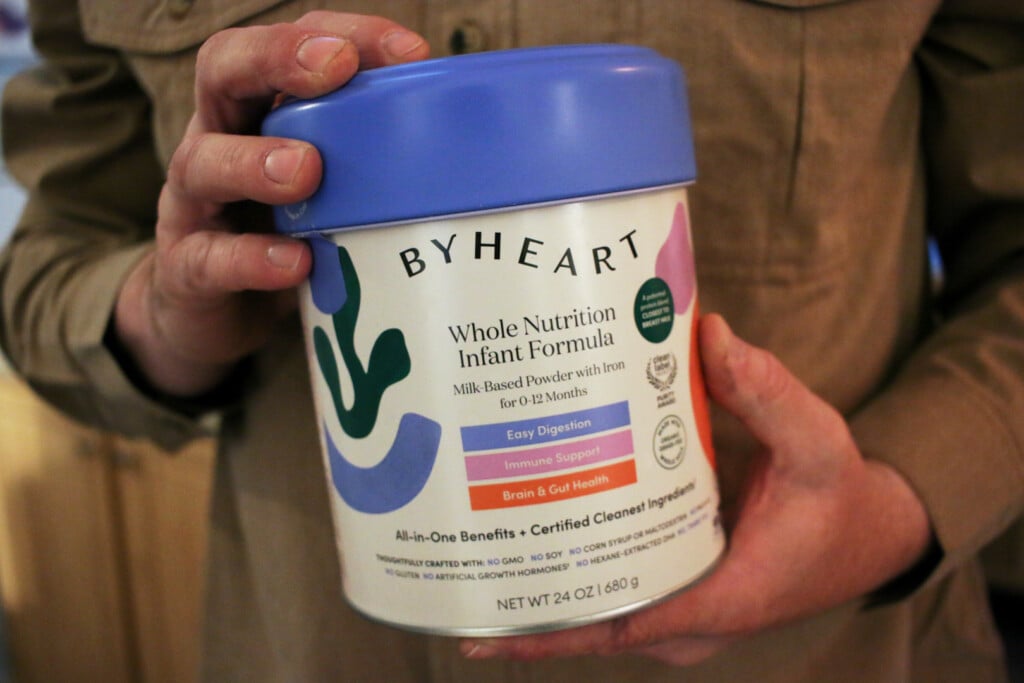Some animals can have babies without a mate. Here’s how

HENDERSONVILLE, NC (AP) — In the aftermath of the death of Charlotte the Stingray, there are questions about how animals can reproduce on their own.
It is unclear if she was ever pregnant. The aquarium said in late May that Charlotte was suffering from a rare reproductive disease, and that it was trying to find out more about the malady.
When news broke in February that Charlotte had allegedly become pregnant without a male companion, the pregnancy was thought to be the result of a type of asexual reproduction called parthenogenesis, in which offspring develop from unfertilized eggs, meaning there is no genetic contribution by a male.
Parthenogenesis is from the Greek words for “virgin” and “birth.”
A boa constrictor in the U.K. gave birth to 14 babies — without a mate.
Some plants and insects can do it, as well as some amphibians, reptiles, birds and fish. In fact, some wasps, crustaceans and lizards reproduce only through parthenogenesis. But in other species it’s rare and usually only observed in captivity.
Scientists have a good idea how it happens, though they aren’t clear why it happens, according to Kady Lyons, a research scientist at the Georgia Aquarium in Atlanta.
A female’s egg fuses with another cell, often a cell leftover from a process that allows the female to create the egg. That cell, known as a polar body, gives the egg the genetic information it would normally get from sperm. The cell starts dividing and that leads to the creation of an embryo.
The snake, a 6-foot, 13-year-old Brazilian Rainbow Boa named Ronaldo, gave birth last week after having no contact with any other snakes for at least nine years, according to the City of Portsmouth College, which kept the snake.




